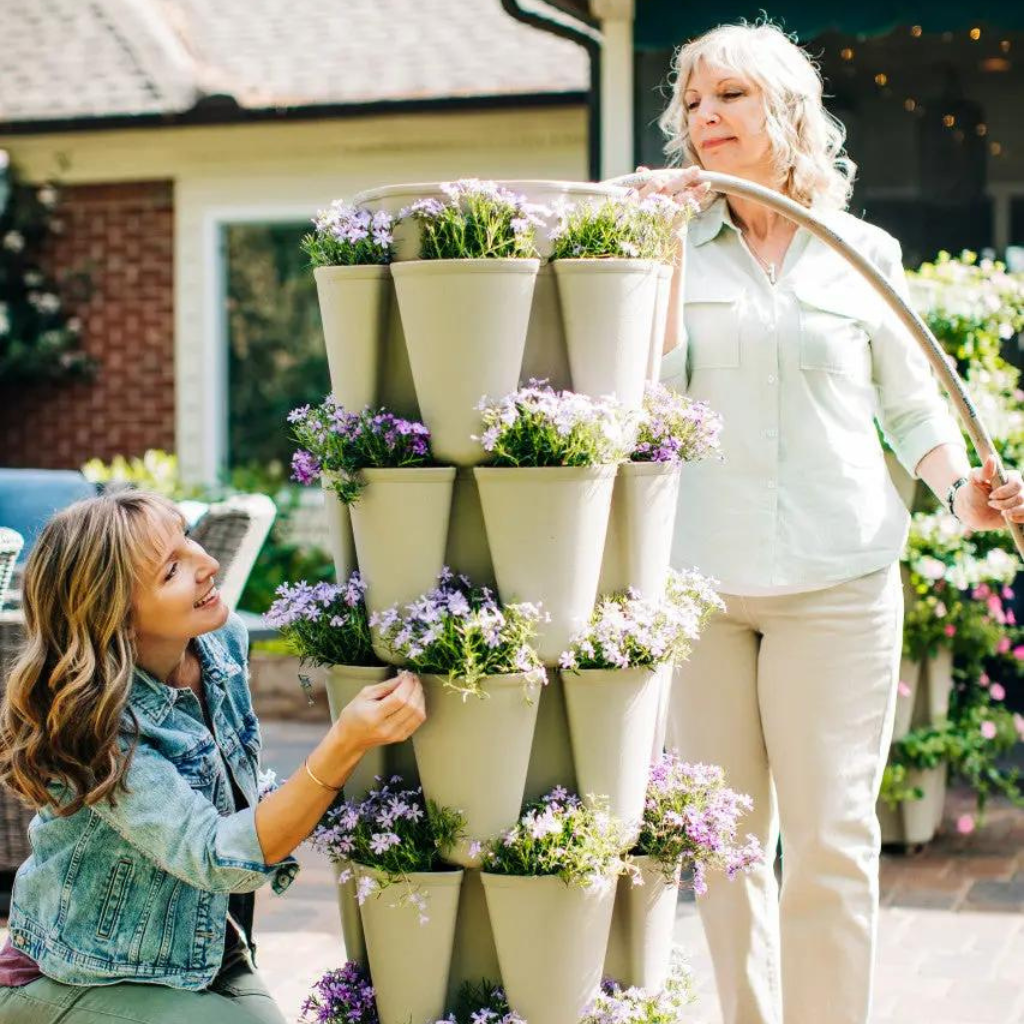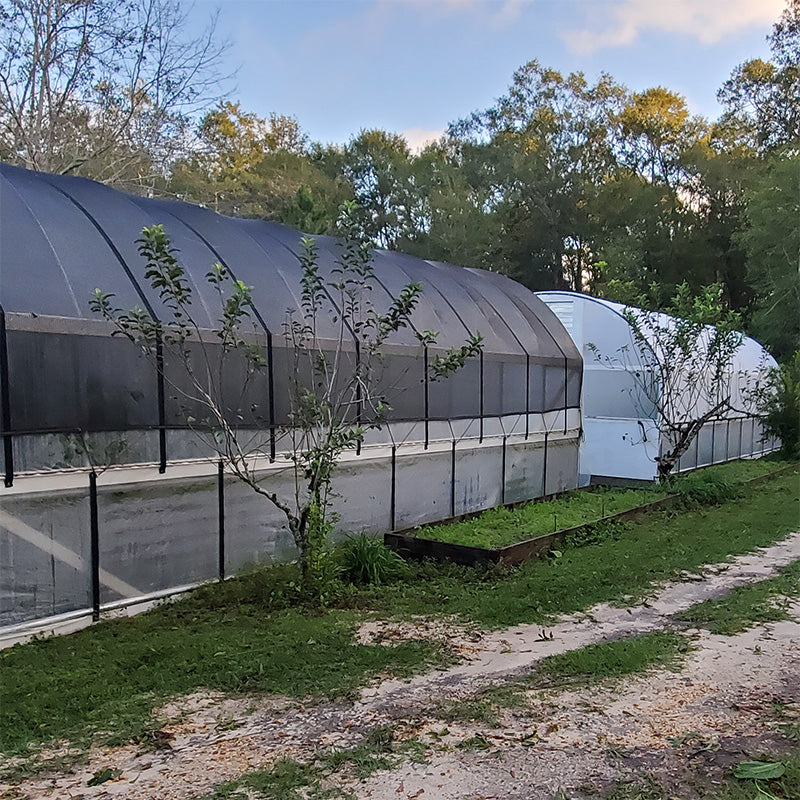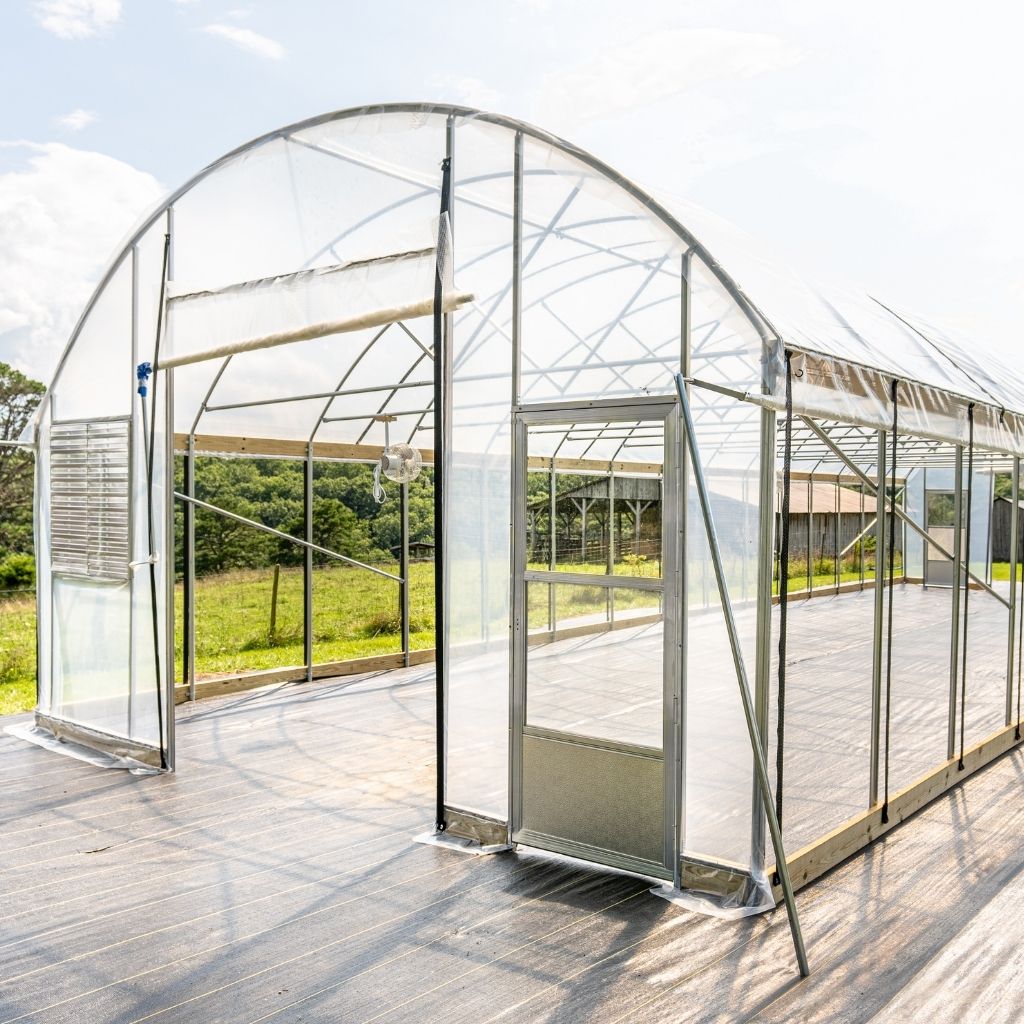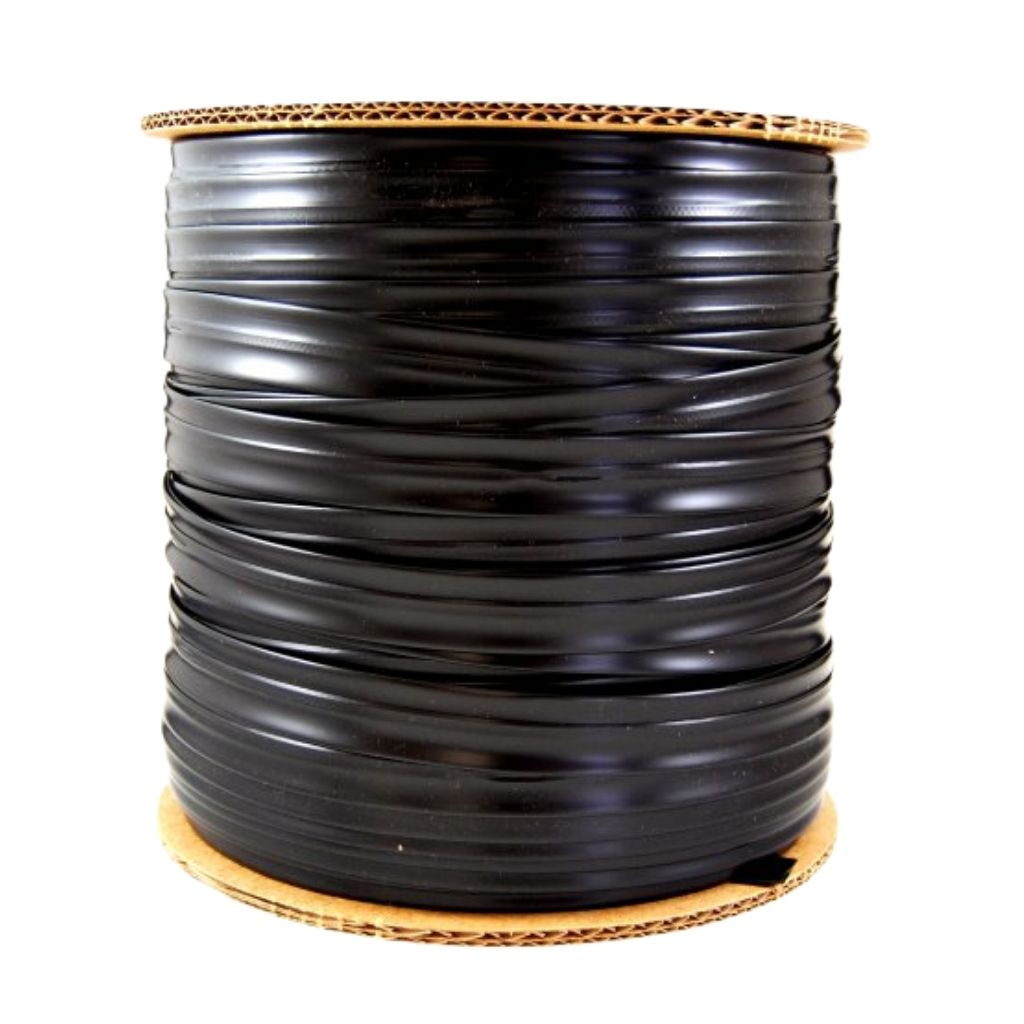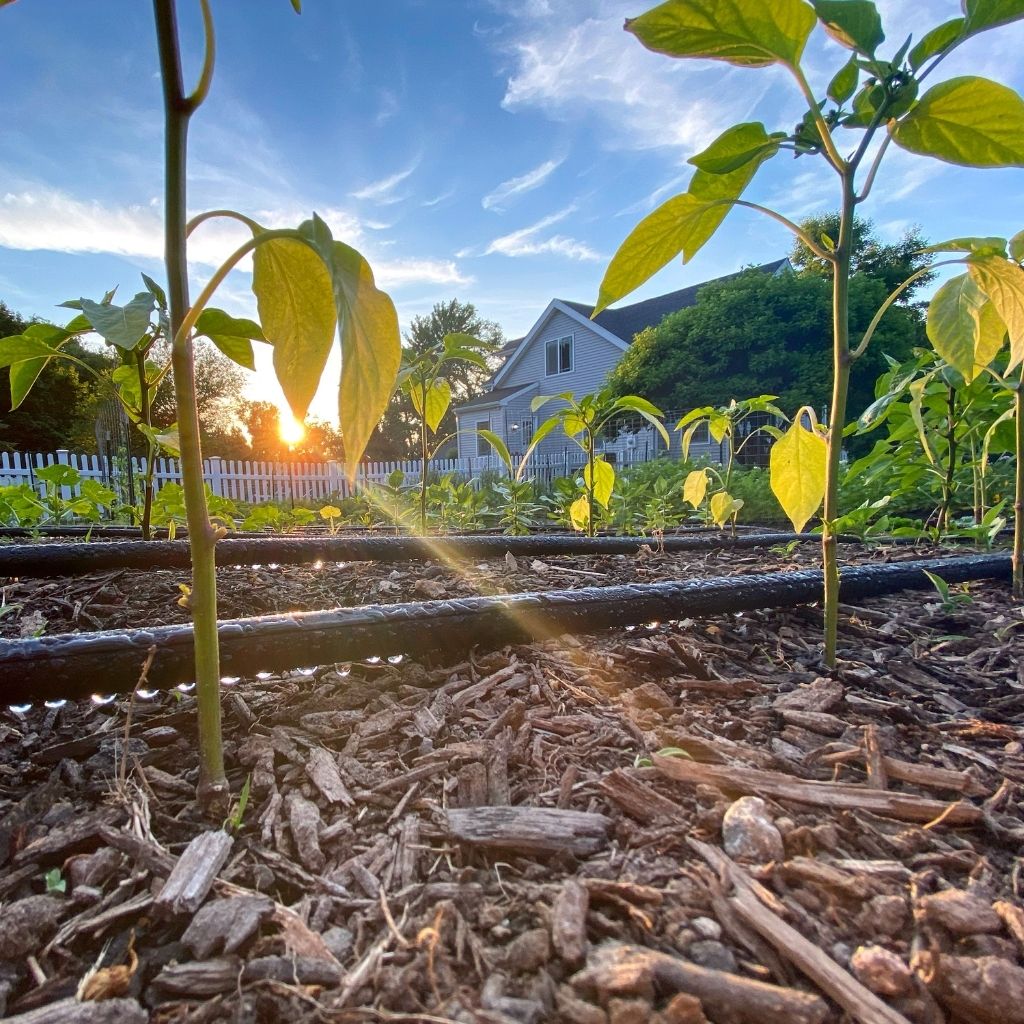Companion Planting Basics
The companion planting concept is not new, it is quite old. Dating back to when plants were bred in nature early in their conception, they evolved together in order to make do with seasonal changes, and nutrient uptake from other varieties of plants. Plant secretions from within their roots, flowers, and leaves repel, and attract insects depending on the mixture of plant species. This is a form of polyculture. Gardeners have found unique patterns that exist today in their own gardens where certain plants work in a symbiotic relationship helping one another.
Companion planting does well by attracting beneficial insects, naturally regulating pests, repelling harmful insects, providing nutrients, promoting a biological pest control program, and in some cases simply a shaded micro-climate or climbing support. In some situations, they can also help enhance the growth rate and flavor of other varieties. Companion planting throughout the landscape is an important part of integrated pest management. In essence, companion planting helps begin a natural eco-system in your own garden. Nature integrates a diversity of plants, insects, animals, and other organisms so that the death of one organism will create food for another.
Here is a list of other companion plant varieties we are growing in the winter:
-Beet leaves add magnesium back into the soil, and is a valuable addition to the compost pile. Beets grow well with kohlrabi, and gain help from garlic, and mints. Garlic improves growth and flavor, and mint (instead of planting) should be spread out as clippings as a mulch around the base of the beets.
-Broccoli does well with Basil, Bush Beans, Cucumber, Dill, Garlic, Lettuce, Mint, Onion, Potato, Radish, Sage, and Tomato. Onions, Celery, and potatoes improve broccolis' flavor. As a calcium lover, broccoli should be planted with nasturtiums and beets as they require less calcium than broccoli does. Planting Broccoli with herbs like rosemary, sage, and dill repel pest.
-Plant Cabbage next to celery, dill, onions and potatoes, and broccoli and cauliflower does fine next to cabbage because they are closely related in the plant kingdom. Plant chamomile with cabbage to improve flavor, and clover is said to help cabbage resist pest.
-Carrots improve their growth and flavor with leaf lettuce, onions, and tomatoes. Tomatoes may stunt the growth of carrots, but the flavor will be improved.
-Chards are companions with bean, cabbage, tomato, onions and roses.
-Garlic accumulates sulfur in a natural way of promoting a sulfur fungicide. This may even repel codling moths, Japanese beetles, root maggots, snails, and carrot root fly. Garlic can repel and kill whiteflies, aphids, and fungus gnats. Plant garlic near roses, apple trees, pear trees, peach trees, cucumbers, peas, lettuce, and celery.




